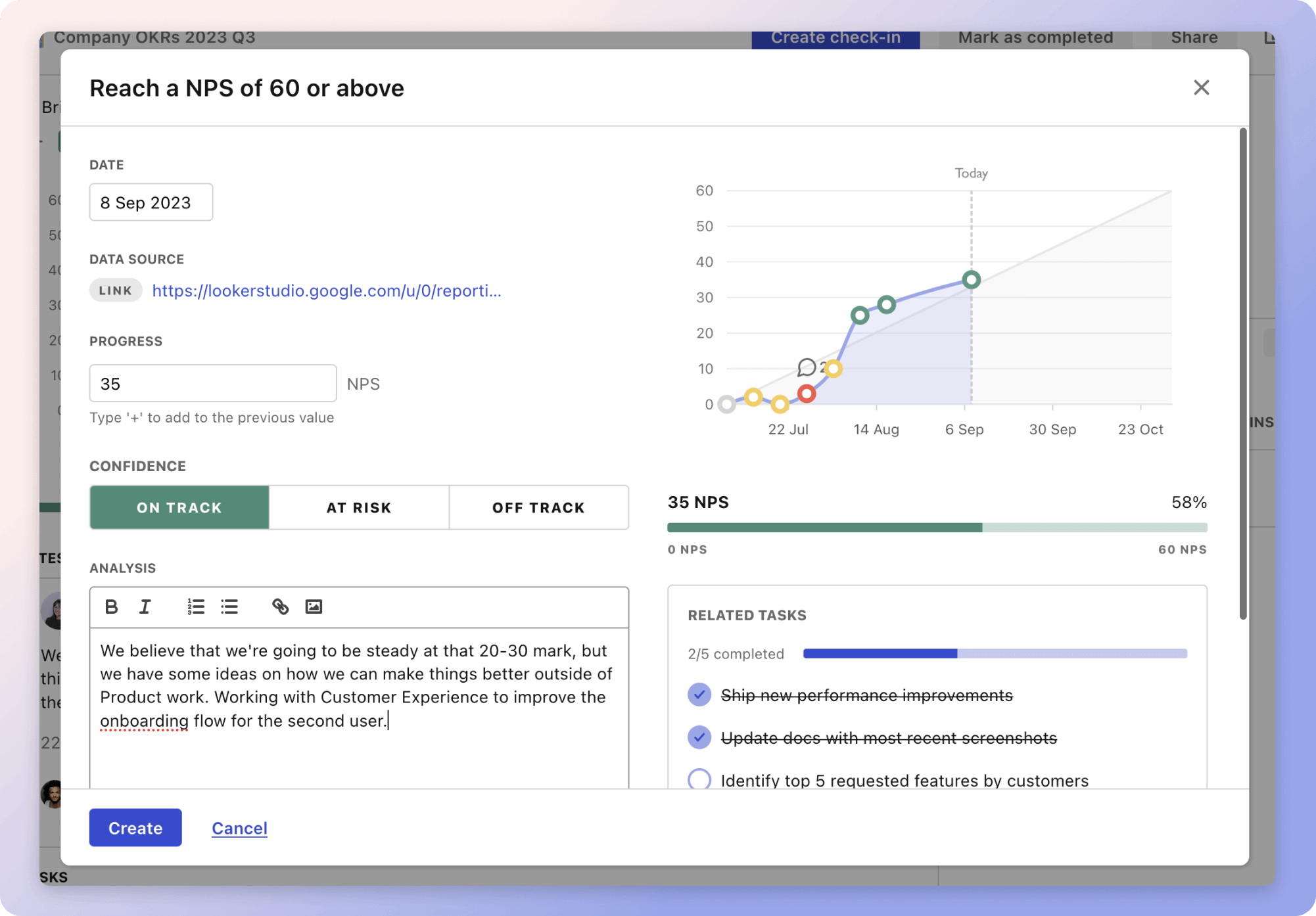This strategy focuses on boosting product sales through effective use of Google Ads. The first step involves creating targeted ad campaigns. For example, after conducting market research, you might identify a segment of young professionals interested in tech gadgets. You would design your ads using compelling copy and high-quality images, aim at this specific demographic, and run them at peak times. Monitoring the performance allows you to make adjustments for better results.
The second aspect emphasizes optimizing landing pages. Imagine a landing page that matches an ad for a new smartphone. It should be mobile-friendly, load quickly, and include customer testimonials to build trust. Using analytics to track visitor behavior, you can make data-driven decisions such as conducting A/B testing to determine which elements most effectively convert visitors into buyers.
Lastly, utilizing ad analytics and reporting is crucial. This involves setting up conversion tracking to measure success. For instance, you might identify a particular keyword with a high click-through rate and adjust your bid strategies accordingly. Regular analysis helps in refining audience targeting and implementing remarketing campaigns to reach users who didn’t convert initially.
The strategies
⛳️ Strategy 1: Create targeted ad campaigns
- Conduct market research to identify target audience demographics
- Segment the target audience based on interests and behaviours
- Research relevant keywords for the products or services
- Design compelling ad copy that addresses customer pain points
- Utilise high-quality images or multimedia in ads
- Implement ad extensions to provide additional information
- Set specific geographic locations for ad targeting
- Allocate budget with a focus on high-performing segments
- Schedule ads to run at peak times for the target audience
- Monitor ad performance and adjust targeting as needed
⛳️ Strategy 2: Optimise landing pages
- Design landing pages that match ad message and aesthetics
- Ensure landing pages are mobile-friendly and responsive
- Implement clear and compelling call-to-action buttons
- Minimise page load time for better user experience
- Use relevant keywords on the landing pages for SEO
- Include customer testimonials or reviews for credibility
- Provide detailed product information and benefits
- Use analytics tools to track user behaviour on landing pages
- Conduct A/B testing to identify the best performing elements
- Regularly update landing pages based on user feedback
⛳️ Strategy 3: Utilise ad analytics and reporting
- Set up conversion tracking to measure ad success
- Regularly analyse click-through rates and conversion data
- Identify high and low performing ads based on metrics
- Adjust bid strategies based on performance insights
- Use demographic reports to refine audience targeting
- Implement remarketing campaigns for users who didn't convert
- Monitor quality score and make necessary improvements
- Test different ad formats such as text, display, and video
- Set up automated rules for bid adjustments and budget control
- Schedule monthly reviews to update strategies with new data
Bringing accountability to your strategy
It's one thing to have a plan, it's another to stick to it. We hope that the examples above will help you get started with your own strategy, but we also know that it's easy to get lost in the day-to-day effort.
That's why we built Tability: to help you track your progress, keep your team aligned, and make sure you're always moving in the right direction.

Give it a try and see how it can help you bring accountability to your strategy.
